Newsletters
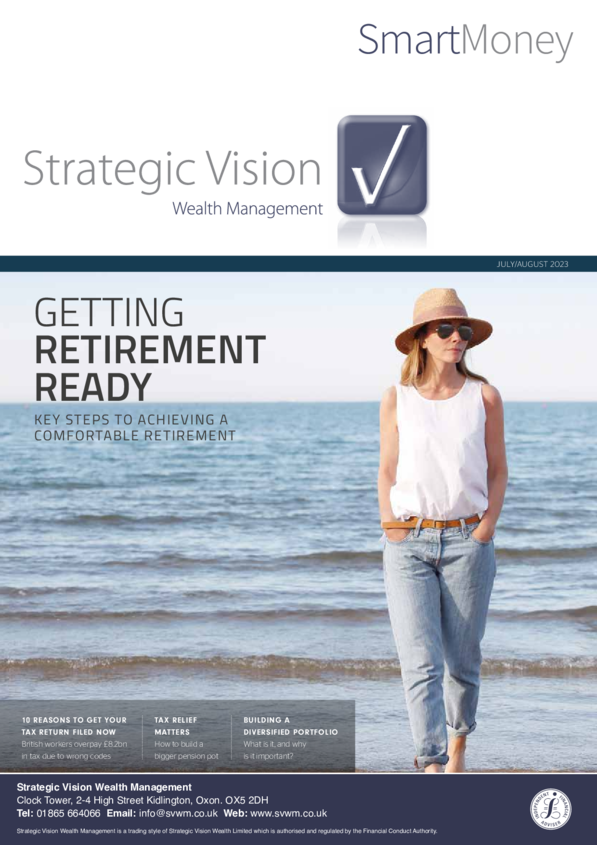
July / August 2023
Click here to download PDF
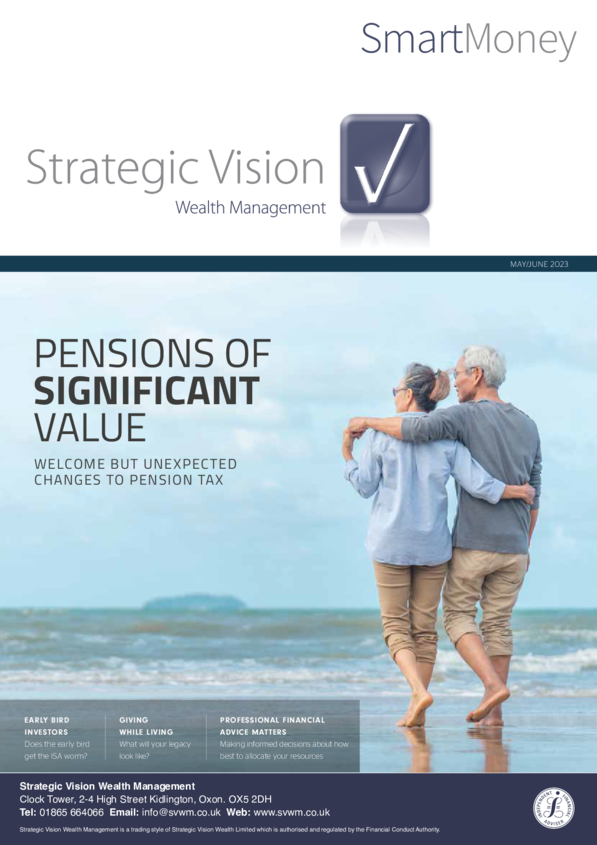
May / June 2023
Click here to download PDF
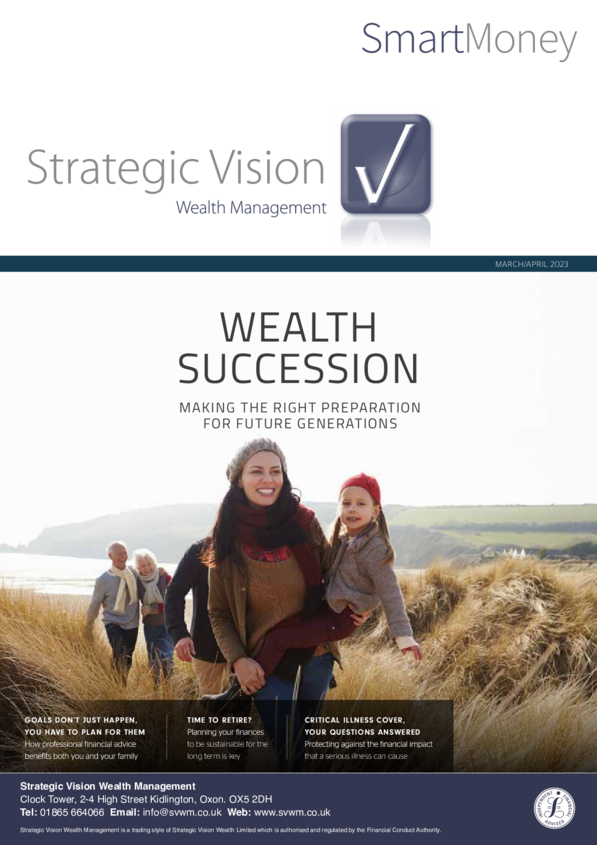
March / April 2023
Click here to download PDF
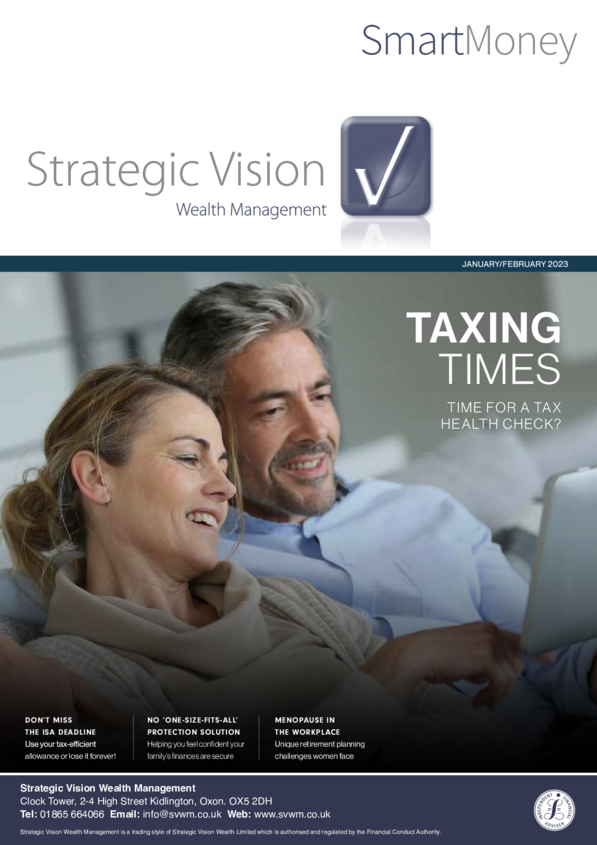
January / February 2023
Click here to download PDF
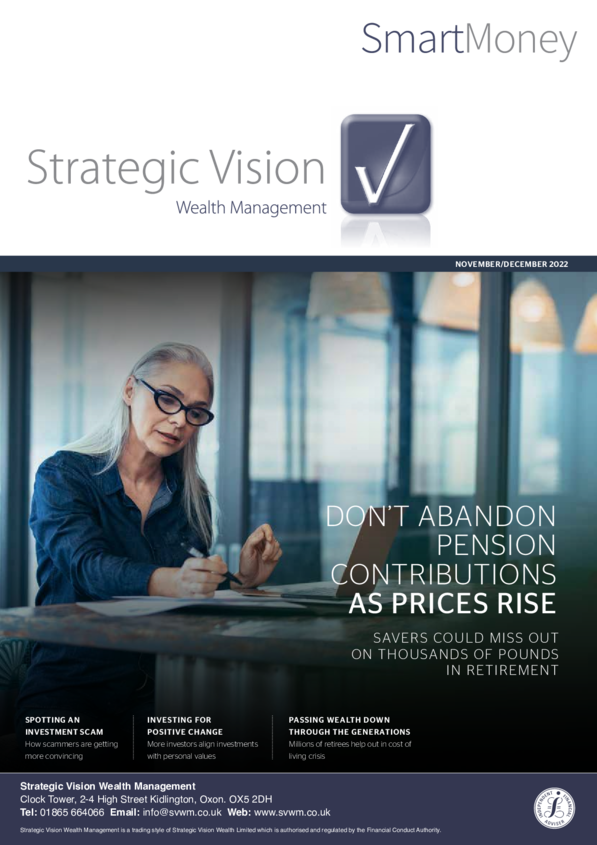
November / December 2022
Click here to download PDF

September / October 2022
Click here to download PDF

July / August 2022
Click here to download PDF

May / June 2022
Click here to download PDF
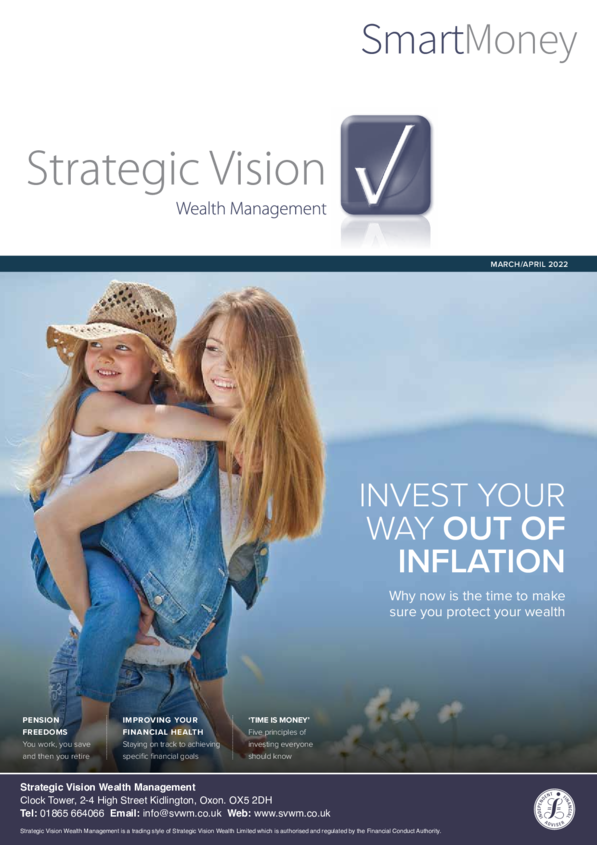
March / April 2022
Click here to download PDF

January / February 2022
Click here to download PDF
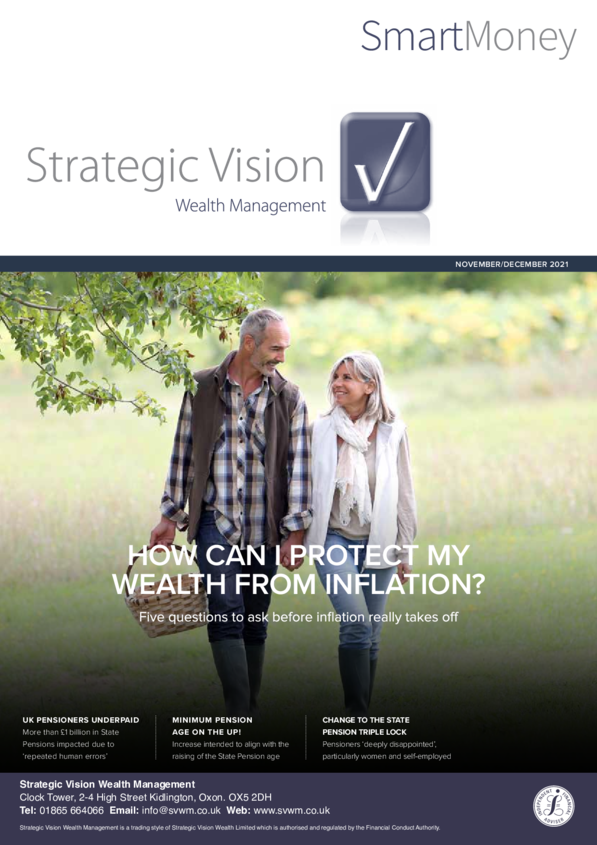
November / December 2021
Click here to download PDF

September / October 2021
Click here to download PDF
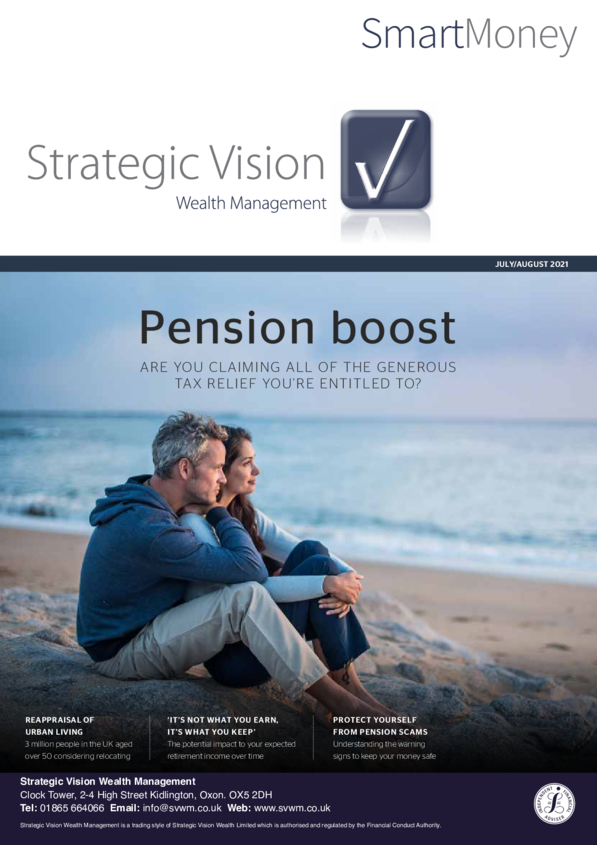
July / August 2021
Click here to download PDF

